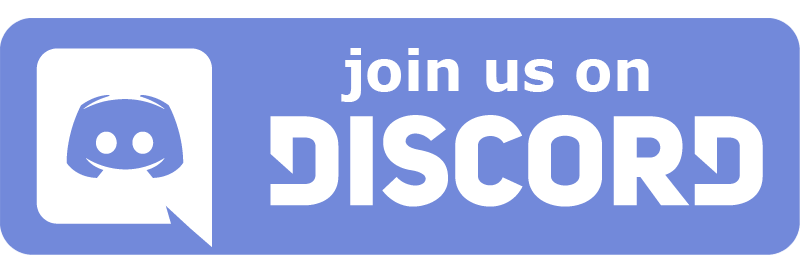Nano Classroom Economy
In September 2020, James reached out to the Reddit cryptocurrency channels for advice about using crypto in a classroom. A “nano” advocate from the Netherlands convinced him of the currency and walked him through setting up wallets and an initial exchange (and donated some nano to the students!). With this setup, the pandemic continued and James’ real-life class scheduled was cancelled and another phase of online learning was planned. James wondered, “How can we use nano in online classes?”
Over October and November, James introduced students to a virtual reality world called Mozilla Hubs, where they could interact digitally. Students displayed art, learned their “abilities” in the world like flying, helped each other figure everything out, and generally interacted very well without the verbal abuse, trolling, or pranks normally seen in online spaces.
In December, James introduced a static map, a fixed set of worlds the students came to for class activities. This scarcity of space and storage of resources created a market, where students verbally negotiated for areas to host their conversations (voice chat is proximity based, you can only hear avatars near your avatar) and to display their assignments.
Seeing the “market” at the end of the year James introduced the nano currency into the space, and sent students private keys along with an introduction to exchanging nano. He created a billboard of possible values for spaces, and called out how the existing “classroom agreement” (a list of rules that James and his students created together) applied to nano transactions, highlighting that ethical behavior should continue to guide everyone’s actions.
Stay tuned to see the results of this experiment, or follow on Twitter @JamesLearns

